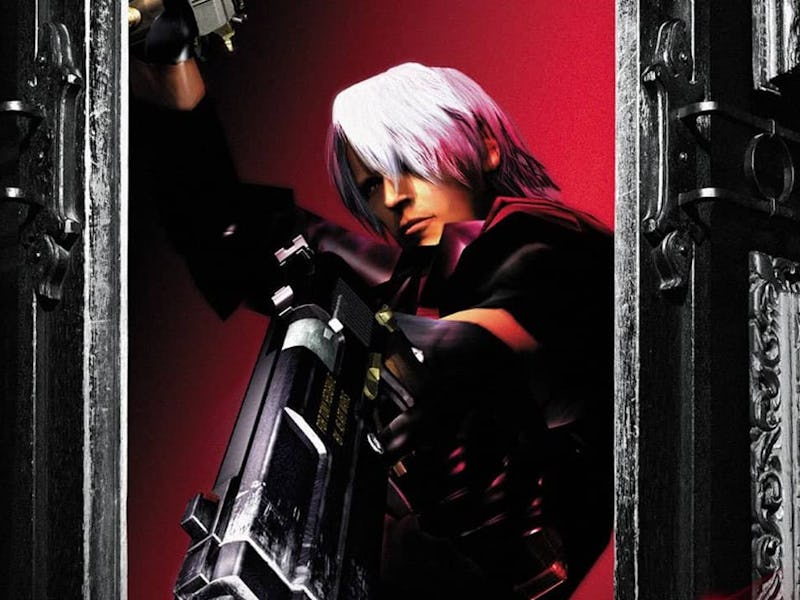Every so often a game becomes so prolific that it creates an entire sub-genre, with the most recent example being Dark Souls and the Soulslike. Long before that, however, one game completely redefined the action genre, and helped coin the moniker “character action game.” 21 years ago, the first Devil May Cry was released on PS2, and its ingenious use of fighting game mechanics and arcade sensibilities was something that would invariably change the industry forever.
Devil May Cry follows Dante, a demon hunter who uses his business as a front to take revenge on demonkind. When Dante is attacked by a mysterious woman named Trish, he learned that the demon lord Mundus, who murdered Dante’s parents, is set to invade the human world.
A 2019 launch trailer for the game’s Nintendo Switch port.
Devil May Cry had an interesting path to release, starting life as an early iteration of Resident Evil 4. You can definitely see similarities between Dante and Leon Kennedy, as both are headstrong fighters that always have a quick quip or comeback. Dante has, of course, become one of the most iconic characters around, but a big part of that is the way the game illustrates his skills through actual gameplay.
Action games before Devil May Cry were commonly known as “hack-and-slash” games, but DMC put a new twist on that formula, integrating the combo system of fighting games like Street Fighter. Dante has dozens of different combos he can use by stringing together melee attacks with different timing, combining melee with ranged pistols, or launching enemies into the air and juggling them.
Devil May Cry was intentionally a hard game, which made overcoming those challenges and getting a good score even more satisfying.
The key to Devil May Cry’s combat is that it’s easy to pick up, only using a few buttons, but at the same time is deceptively deep. As you progress through the game, you can unlock even more combos, as well as additional weapons.
Past the simple mechanics, however, perhaps the most important thing about Devil May Cry’s combat is its presentation.
Capcom had the brilliant idea to implement an arcade-style grading system for battles, with a “Style” gauge that fills as you use different combos and dodge attacks. The better you do in battle the more the style system hypes you up, flashing words like “Awesome” and “Stylish” in neon colors at the top of your screen. It’s a brilliant feature that almost feels like the game is cheering you on, giving the player an instant feeling of reward.
Layered on top of this is the game’s general visual style, with Dante’s moves sporting flashy effects and over-the-top animations. Of course, you also can’t forget the heavy rock soundtrack that backs up everything, amping up the intensity of battles. Devil May Cry’s style and presentation really were such a huge step above anything that had come before, and the series would continue to hone these ideas into a lustrous sheen over the next two decades. While the first game is where it all started, titles like Devil May Cry 3 and 5 are some of the most beloved action games of all time, representing the realization of the initial game’s formula.
Devil May Cry’s enemy and boss design also helped bring a lot of variety to gameplay, and the series has continued that trend in each game.
At the same time, subsequent character action games would take some heavy inspiration from Devil May Cry.
Four years after Devil May Cry, the first God of War was released and used the same kind of fighting game-inspired combat system, as well as red orbs for experience and new combos. God of War would, of course, put its own unique spin on the genre, but it’s easy to see the throughline. Past that, games like Ninja Gaiden and Darksiders take liberal inspiration, not to mention any title from Platinum Games, which was co-founded by Devil May Cry creator Hideki Kamiya.
It’s fascinating to think of how different action games might be today if Devil May Cry had never been released, and how many games would have never seen the light of day. Even if the first game doesn’t hold up incredibly well by modern standards, the sheer influence it’s had is worth celebrating to this day — and for a long time to come.
